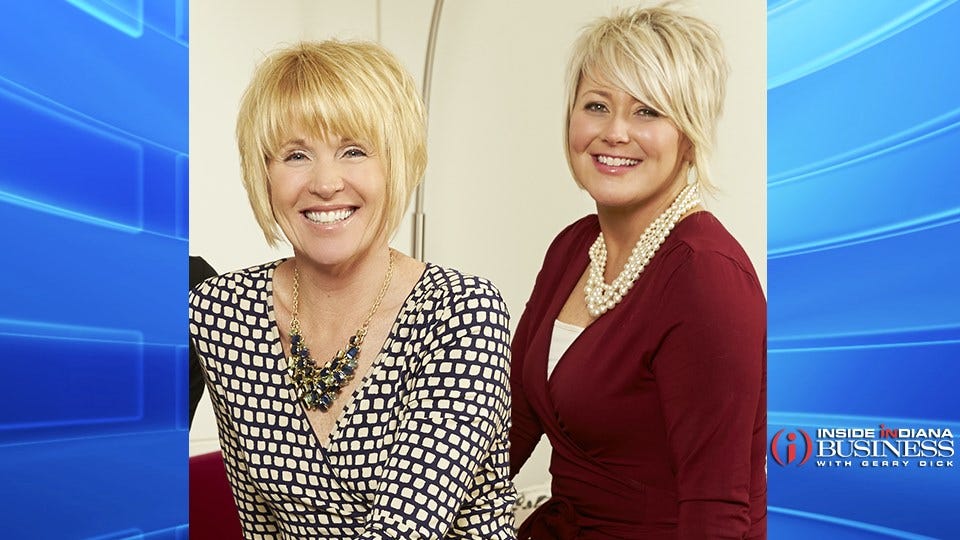Is the WFH Honeymoon Over?

Subscriber Benefit
As a subscriber you can listen to articles at work, in the car, or while you work out. Subscribe NowPeople have been predicting the end of the office since the invention of Wi-Fi and laptops. Today, lots of people are suggesting the office will go away as companies fully embrace work from home as a way to give people greater flexibility. During the COVID crisis, anyone who could work from home did and, for a while, many people thought it worked pretty well. But after months of living on video, the novelty has is wearing off.
The vast majority of us — 88-90%* depending on the study — want to work in an office again.
The reality behind three common work from home misconceptions.
Misconception #1
“It costs less to have people work from home.”
It’s true that reducing real estate and other related workplace amenities can save money. But there are hidden costs to consider before sending people home full time. Think ergonomics and well-being.
Misconception #2
“People are just as (or more) productive at home as they are in the office.”
That depends on how you define productivity. Some forms of work are easily accomplished at home. But true productivity of knowledge workers relating to creativity, innovation and transformation are notoriously difficult to measure in the short-run — particularly during a pandemic — and incredibly hard to accomplish virtually, especially when you consider that 80% of all communication is non-verbal and difficult to convey virtually.
Misconception #3
“People who work from home have a better work-life balance.”
Working from home has its benefits — no commute, comfy clothes and more time with family or pets. But data reveals it also comes with its own set of tradeoffs.
I sure have felt that last one. People work longer as the line between “work” and “home” blur.
Employees around the world have increased their average workday dramatically since the onset of remote work following the COVID-19 outbreak. It’s hard to know when to turn it off.
It’s tempting when working from home to be “on work” from sunrise to sunset.
Place-based rituals like commuting to work or grabbing a coffee at the café help create important work-life boundaries
Virtual meetings are more exhausting than in-person ones.
“Zoom fatigue” is real. The exhaustion many people feel from a life lived on screen day-in-and-day-out is based in neuroscience. Our brains have to work harder to make sense of the limited cues we get on screen. We have to pay more attention to understand facial expressions, the tone and pitch of the voice and body language (BBC).
Sedentary work takes a toll on physical well-being.
WebMD polled more than 1,000 readers in the U.S. and found half of the women and 25% of men reported gaining weight due to COVID stay-at-home restrictions. Contributing factors included: a lack of movement (no walking between meetings), no shifts in posture, constant access to food, etc.
The rings on my Apple watch can attest to that as well.
These last few weeks, I have been lucky enough to start easing back into our showroom/office. In fact, I even got to meet with new client partners at a socially distant presentation. We won the opportunity to partner with the client because we were in person and the energy and connection that was made represents the heart of any strong business relationship.
Taking it all into consideration, our work from home honeymoon may soon be over. As leading organizations learn more about the long-term realities of extreme WFH strategies, they are realizing what they knew all along is true: the workplace is essential to drive growth, build organizational culture and fuel the kind of innovation that drives the economy.
My prediction? A percentage of employees will continue to work from home because their role is conducive to that type of setting. Most employees, however, will add the work from home option as a part of an ecosystem of spaces available to them in their office and in other locations.
